
Do you feel like your piano studio is structured in a way that optimizes your time and income? Many teachers just set up their studio the same way their own teacher structured her studio–with back-to-back private lessons from the time school gets out until the day is over.
The trouble with this structure is that it’s very difficult to make a good income, and teachers feel burned out by having every afternoon stacked so full.
To be a well rounded and happy person, you must have time for your family and your other passions and hobbies. Piano teaching can be a big part of your life, but shouldn’t consume your entire life. By properly structuring your piano studio, you can reach your income goals and live your extraordinary life.
The Studio Pyramid Structure looks like this:
3. Private Lessons
2. Beginner Lessons
1. Pre-piano Lessons
Read on to learn more about each level of the pyramid so that you can optimize your piano studio.
Pre-piano Lessons
The base of the Studio Pyramid Structure is pre-piano lessons. When you follow this model, most of your students will begin their studies with you at the pre-piano level.
Benefits of Pre-piano Lessons
There are two main options for teaching pre-piano lessons: classes for preschoolers and introductory classes for school-aged beginner students.
Pre-piano Lessons for Preschoolers
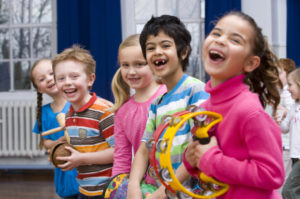 Introductory music classes for preschoolers are a ton of fun–both for the teacher and the students. The kids are so excited and eager to learn!
Introductory music classes for preschoolers are a ton of fun–both for the teacher and the students. The kids are so excited and eager to learn!
In your music classes for preschoolers, you can teach concepts such as basic rhythm, an introduction to note reading, singing, ear training and more. It’s especially fun to give the kids simple percussion instruments to play while you sing songs or tap rhythms.
Doing singing and simple ear training exercises with preschoolers will help them develop a sense of pitch early in life–which will aid them tremendously as they continue with musical studies. The same goes for rhythm–have you ever had an older student who had absolutely no sense of rhythm? Fun activities that teach preschoolers to feel the beat will help kids develop an inner sense of rhythm long before they begin private piano lessons.
As mentioned above, one big benefit of offering classes for preschoolers is that young kids can be taught in the morning. In the traditional piano studio structure, teachers can only work with school-aged students in the hours after school gets out. This only leaves you with a few hours each day during which you can make an income. And it’s exhausting to teach so many lessons back to back and then have to rush to make dinner. By earning income during the morning, you won’t feel pressured to completely fill your afternoon and evening schedules. This frees up more time for your family, social life and your other hobbies.
Introductory Lessons for Beginners
You can also offer intro to piano classes for new students who are in grade school or higher, and these are a ton of fun to teach as well. These classes give students the opportunity to meet you, learn some introductory skills, and have fun experiences with music.
Kids love the social aspect of these group introductory classes. Traditional piano lessons can be lonely for kids! They enjoy learning alongside friends–creating music together and playing fun games that teach them the fundamentals they need to know.
Teachers love that offering this class gives them some insight into which students would likely be most successful in your studio. You get a glimpse at how well you and the student get along. You’ll also learn if the parent is supportive, pays tuition on time and can get the student to class on time each week. As you get openings in your studio, you’ll be able to invite the students who are the best fit for your studio to advance, and before long you’ll have the best students you could imagine.
Beginner Piano Lessons
Kids who are ready can advance to the next level of the Studio Pyramid and take beginner piano lessons with you. There are two ways to offer beginner piano lessons.
Group Beginner Piano Lessons
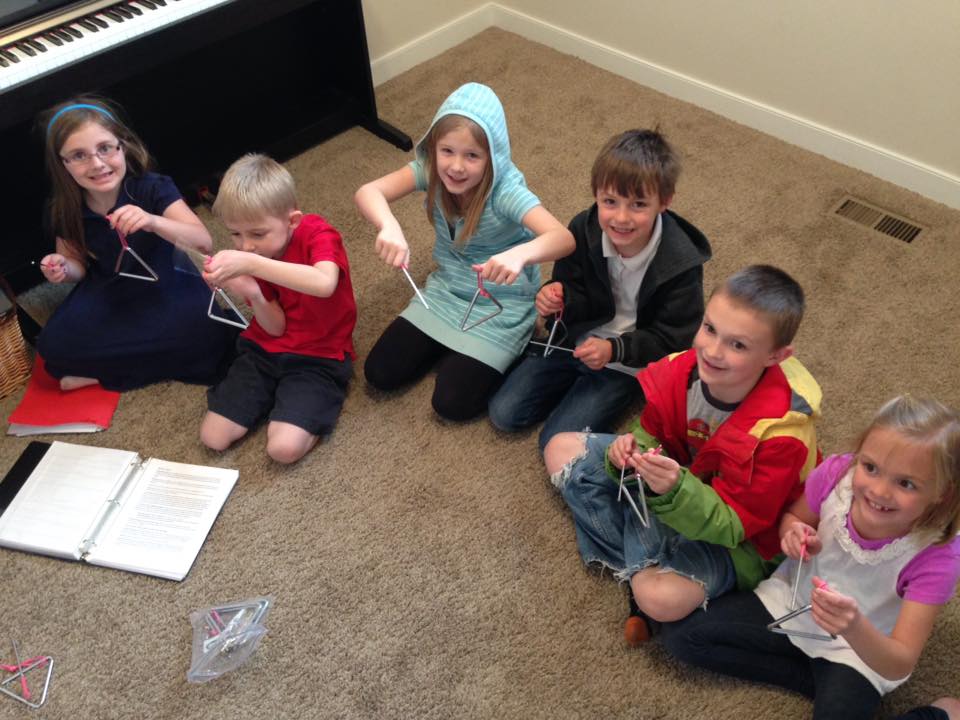 If you have multiple pianos or keyboards, or have the means to get them, this is a fantastic way to teach beginners.
If you have multiple pianos or keyboards, or have the means to get them, this is a fantastic way to teach beginners.
Some teachers shy away from group piano lessons, because the idea is foreign and they don’t think kids can get quality instruction in a group setting. But keep in mind that for many other instruments most beginners start in a group setting, such as their band or orchestra class at school.
And there are some big benefits for kids who begin learning in a group setting. Piano players are notorious for having bad rhythm, and that’s because they usually play by themselves. But when kids learn to play with a group they have to keep time. I’ve also found that learning in a group setting can be very motivating for kids because they want to keep up with their friends, and because kids enjoy the social aspect and it’s always easier to progress in things we enjoy.
As a teacher, I really appreciate that I can accomplish so much more with students when they are in a group setting. By teaching multiple students at a time, I can schedule a longer class period. This means that in addition to learning piano pieces we can get in ear training, piano improv, composition and fun games.
Group lessons also help you use your time efficiently. We all know that not all beginners will continue with their piano lessons. By teaching your beginners in a group, you can reserve your private lesson slots for students who want the piano to be part of their lives and have demonstrated that they are willing to put in the effort to practice.
Shorter Private Piano Lessons for Beginners
If you don’t have multiple pianos, you can still boost the efficiency of your studio by offering shorter private lessons for beginners and reserving the longer lesson slots for intermediate and advanced students. The exact amount of time you dedicate to your beginners will depend on you and your goals, but the basic idea is that because you have a limited amount of time available for teaching private lessons, you want to spend the most time with the students who are progressing and have demonstrated their commitment and willingness to practice.
Private Piano Lessons
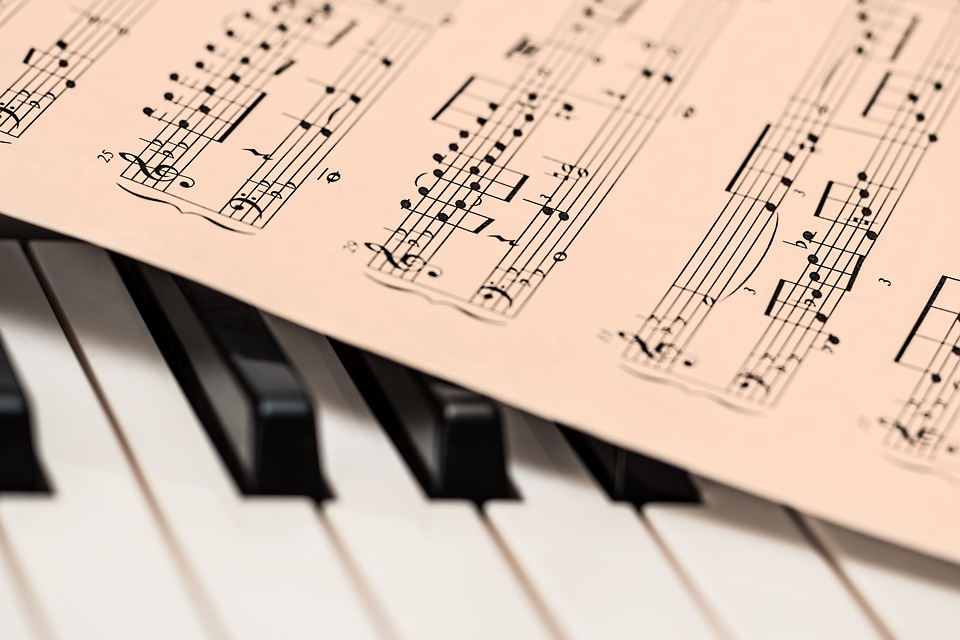 Students who do well in their beginner lessons advance to longer private lessons, where they can get even more personalized instruction from you and really hone their piano playing skills.
Students who do well in their beginner lessons advance to longer private lessons, where they can get even more personalized instruction from you and really hone their piano playing skills.
Because you dedicate so much individualized attention to your private students, you’ll appreciate that you are working with students who have shown that they practice well and make good progress.
The great thing about the Studio Pyramid Structure is that students advance through their own efforts. They themselves choose how far they’ll go by how much effort they put in.
Within a few years of using this pyramid structure, you’ll have the best students in your private lessons. It is so rewarding to work with students who work hard!
It Takes Courage to Change Your Piano Studio Structure
It’s not easy to make big changes, even when we know they are needed, but you can do it! For many teachers it’s intimidating to break away from the traditional model they grew up with, even though they recognize that with their current model they’ll never be able to reach their income goals or live life the way they’d like.
You can take the first step towards optimizing your piano studio by offering just one group pre-piano class or one group introductory class. Then when that class is about to wrap up, plan to advance those students to the next level of your Studio Pyramid Structure. Continue offering at least one group pre-piano class each semester to new students.
Make Your Lessons and Your Life Extraordinary
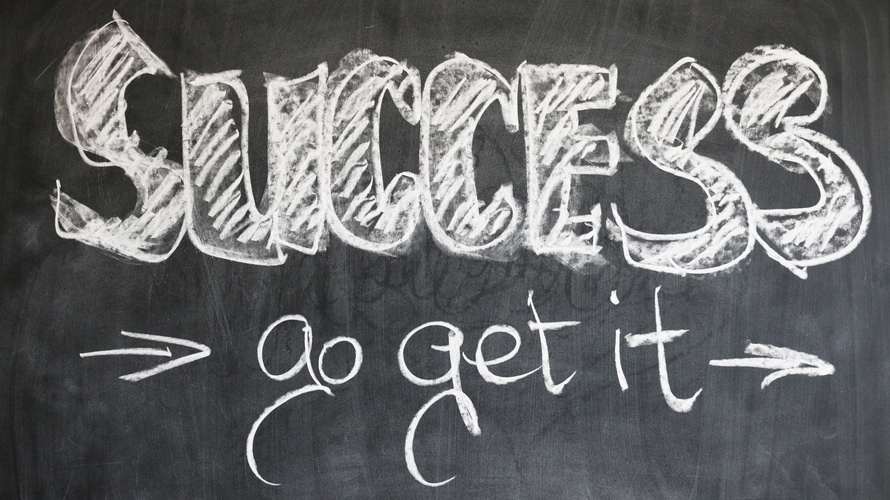 Remember that the purpose of optimizing your piano studio structure is to help you live your vision for your life. To learn more about defining your vision and the role that piano teaching plays, you can check out my article about designing your piano studio policy.
Remember that the purpose of optimizing your piano studio structure is to help you live your vision for your life. To learn more about defining your vision and the role that piano teaching plays, you can check out my article about designing your piano studio policy.
With an inefficient studio structure, you’ll find yourself working long hours and making an income far below what you’d like. You may find that you’re taking on too many private students in an attempt to reach your income goal, but in the process you’re sacrificing the other important aspects of your life.
Efficient studio structures also give kids a better and more complete music education. You can give your students a great experience by incorporating a social element and by providing them with the ear training and creative aspects that are often omitted from piano instruction because the teacher does not have enough available time.
Remember that to fully enjoy your life, you must have a vision for what you want life to be like, and reserve time for all the things that are most important to you. By properly structuring your piano studio, you can build a teaching business that you enjoy and live a life you love.
Did you enjoy learning how to structure your piano studio? Here’s what you can do next:

First, Leave a Comment–we all benefit when we work together and share ideas.
Why do you think it is important to structure a studio in a way that allows the teacher to have time for family and other hobbies? What would you do if you had more free time available and your business was meeting your income goals?
Leave a comment below to help out the other piano teachers in our online community.
Second, Help Other Music Teachers find and use these strategies.
1. Pin the infographic that’s on the right
2. Like and share myfunpianostudio.com on Facebook
Third, Start Optimizing Your Studio in a way that makes your lessons and your life extraordinary.
Sign up for my email newsletter and get free access to the Extraordinary Piano Teacher’s Checklist. Click the button below to subscribe and get the free checklist.

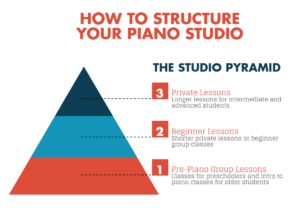
Great idea to provide fun lessons for beginners!
Teaching this type of beginner lesson is so fun! I hope you’ll give it a try. I think both you and your students would enjoy it!
I think this is a great idea! I especially like the thought of dedicating more time to your advanced learners. Being one on one with a student who isn’t putting forth alot of effort is such a drain on me! I would like to adopt this policy but would really love some curriculum and examples of how other teachers make this work for them.
I know exactly what you mean about the drain. And then in contrast, it is so fun to work with a student who is putting forth good effort. I love how the pyramid structure helps us see which students are excited about piano so that we can make sure we give them the time they need. I’ve got lots of help coming for teachers who want to implement this structure, so stay tuned!
I’m with Emily. I have an idea of what I’d like to do with group preschool classes, but need to develop a complete program.
I also like the idea of group lessons….but would need some kind of curriculum and how to figure that out! Thank you for the ideas! So good!
I love the idea that with group piano lessons you can see which parents and students are serious about lessons without them taking a spot and then quitting.
My question is – since parents are used to the “traditional” way and they have this “thing” in their minds about what they’re willing to pay, how do you charge? And will the parents be willing to pay more for a longer private lesson?
Do you drop the rate for the group lesson? How long is it? How many children would be appropriate for a “group”. How long are the “shorter” private lessons?
Currently in my small studio I have 3-4 new beginners, 1 5 year old just starting, 2 o level 1A and several level 2-3 students. Lessons are each 1/2 hour, which is too short for the older level ones.
I would really be interested in how other teachers do this. Do you have a Facebook Group?
Definitely something I want to try this summer!!
Kristin,
I love your website and blog posts! It is so spot on with keeping children engaged and learning while LOVING music! The pyramid structure you have so beautifully explained is what I’ve been doing, but not so much of the private lesson part. I have classes for very young children with parents, preschoolers, and beginner students. It is VERY difficult to figure out that transition from teaching music intrinsically to teaching it so that the child is able to coordinate enough information to create more complex music (such as playing a melody on the piano versus singing one). I have been working on developing a transitional curriculum for about a year now, but I am a bit stuck. I keep watching and learning from you, so keep up what you are doing! And any tips for that transition period are very welcome!
Hi Kristin! My husband and I are in the middle of this studio conversion process. We started this process last year and have almost reached it. We still don’t have enough consistent preschool morning classes but are working on it. Your pyramid fully explains what we have been trying to do but hadn’t put it quite like that.
Teaching more group classes than privates has brought so much life to our studio. The kids, parents and ourselves all feel happier. Everyone is progressing. So, glad to have discovered your blog this week, I feel like we have quite a bit in common. I have a goal to start blogging so thanks for the inspiration.
Hi Kristin!
Thank you for this helpful article!
What do you think a fair price for group lessons is, how long they should be, and how many kids would you recommend per group?
I know rates vary depending on location … should it be half the cost of a private lesson? 75%? I live on Long Island, NY. Most students are from affluent areas. Thanks for your help!
I have just started to teach piano and began with group lessons as private meant I couldn’t be home for my children. I’ve started by only taking 6 in a group so I can still give enough time to each student. The idea of pre-school classes is new & interesting to me, will definitely look at how I could structure one to help with income and time
I have been teaching for 4 months now. I enjoy the group lessons as much as the kids do. I have 12 preschoolers who I divide up for body percussion and movement. One group is the ‘metronome’ or the constant beat. The others do the rhythm. They march, sway, etc. to rhythms I have on a board. All of the other beginning students use many of your theory games and sheets. Thank you so much for these. My lessons are different in as much as I volunteer this time. When a student is ready to progress to private lessons they start with one of the other music teachers in the area. I am happy they have a solid background that lets the other teachers continue with their progress. The other teachers are happy that the students are ready to “dive in” to their private lessons. I keep in touch with these teachers so that they know what I am doing. If they want something added before they take the students they let me know. I don’t have the confidence to take these students further on my own. However, this system is working. Thank you for all your work.
Thanks for sharing your great ideas!